The Samsung Galaxy Note 4 Review
by Joshua Ho on October 15, 2014 9:00 AM EST- Posted in
- Smartphones
- Samsung
- Android
- Mobile
- Galaxy Note 4
Software
While it’s fully possible to focus purely on hardware and ignore software in some cases, the smartphone in general is proving that such a focus tends to be a bit short-sighted as even when there is a vibrant custom ROM community AOSP-based ROMs aren’t quite as polished as what the OEM produces. In the case of the Galaxy Note 4, Samsung’s additions to the UI become even more important as Android doesn’t have much of the native framework that one might expect, especially when it comes to making use of the Wacom stylus.
As the S-Pen/Wacom stylus is so critical to the Galaxy Note, I want to address this area first. When it comes to the stylus, it’s relatively hard to justify the existence of the stylus for simple navigation, but to this end the stylus is surprisingly useful when it comes to tapping extremely small touch targets on desktop websites.
However, the real functionality of the S-Pen actually comes in the form of taking notes. These use cases include quickly taking down a phone number or writing up a task list, which are conveniently translated into actual tasks or phone numbers to be stored in the calendar or contacts list. Unfortunately, those with poor handwriting will likely find that they cannot write as quickly as one may prefer in order to have accurate transcription, but when these features work they really are quite useful and cool.
While the ability to quickly jot notes down is nice, the S-Pen features really excel when we start looking at anything that involves graphing or writing complex equations. S-Note is surprisingly useful in this regard, and while I suspect that OneNote on Windows is more effective in this use case a full Windows tablet isn’t quite a mobile device the way the Galaxy Note is.
Outside of the S-Pen, TouchWiz continues to be quite acceptable in comparison to previous variants. While multi-window has been around for a long time on TouchWiz devices, I found it quite clunky in previous variations as it required long-pressing the back button in order to activate it. This made for a pretty poor experience as this basically meant that a lot of conscious thought was needed in order to make good use of this functionality. Fortunately, Samsung has also added a multi-window button into the multitasking menu which shows up on the top right of any app that supports multi-window. This is a massive improvement in user experience when compared to previous implementations of this feature. Unfortunately, the use of this function continues to be a bit clunky as it doesn’t seem to be aware of whether the previous application supported multi-window. As a result, opening another app in multi-window when one was already using a multi-window app won’t open the two applications side by side as one might expect. This feature is also dependent upon developer support, so this requires some thinking on the part of the user to check for multi-window support. While Samsung undoubtedly has a good vision for what they want from the phablet experience, the implementation isn’t quite there.
Samsung has also implemented dual-pane landscape views for certain applications, but it seems a bit strange that this wasn’t implemented in the settings menu either. While implementing such views is certainly dependent upon developer support, there is a level of inconsistency that comes from stock Samsung applications that affects the overall polish of the experience. There are also floating windows for some applications, which can help with one-handed usability but are mostly a way of improving multitasking functionality.
In terms of overall design, TouchWiz’s aesthetics are no longer a real issue for most, although this is definitely a matter of personal preference. There really isn’t much lag in most places but I have noticed that the multitasking menu has a rather long latency when compared to most other phones. This causes a noticeable drop in the speed at which I can multitask on a phone. Most people shouldn’t have any issues with TouchWiz at this point, although I suspect that the “option overload” in some parts of the UI will confuse users in general. Samsung is likely in a bind here as they once again have to try and keep features and behavior that upgrading users will expect while also accommodating for users new to Samsung devices. Samsung in general continues to ship TouchWiz with a massive number of software features that might be of use, such as the one-handed usability gesture that automatically shrinks the display to keep content within reach of one thumb.
On the verge of hardware and software, the fingerprint scanner is noticeably improved when compared to what we first saw with the Galaxy S5, and the experience associated with the fingerprint scanner is noticeably less painful when it comes to partial matches and similar behavior. I still think that the fingerprint scanner should be moved to the back of the phone for ergonomic reasons but the implementation is workable as-is.
Overall, the software experience that the Galaxy Note 4 ships with is surprisingly functional, even if there are rough edges that need a bit of polishing. Most people should find themselves quite content with the TouchWiz UX even if there are odd bugs here and there. While the Note 4's software is definitely more functional, Apple ships a more polished software stack with the iPhone 6 Plus.


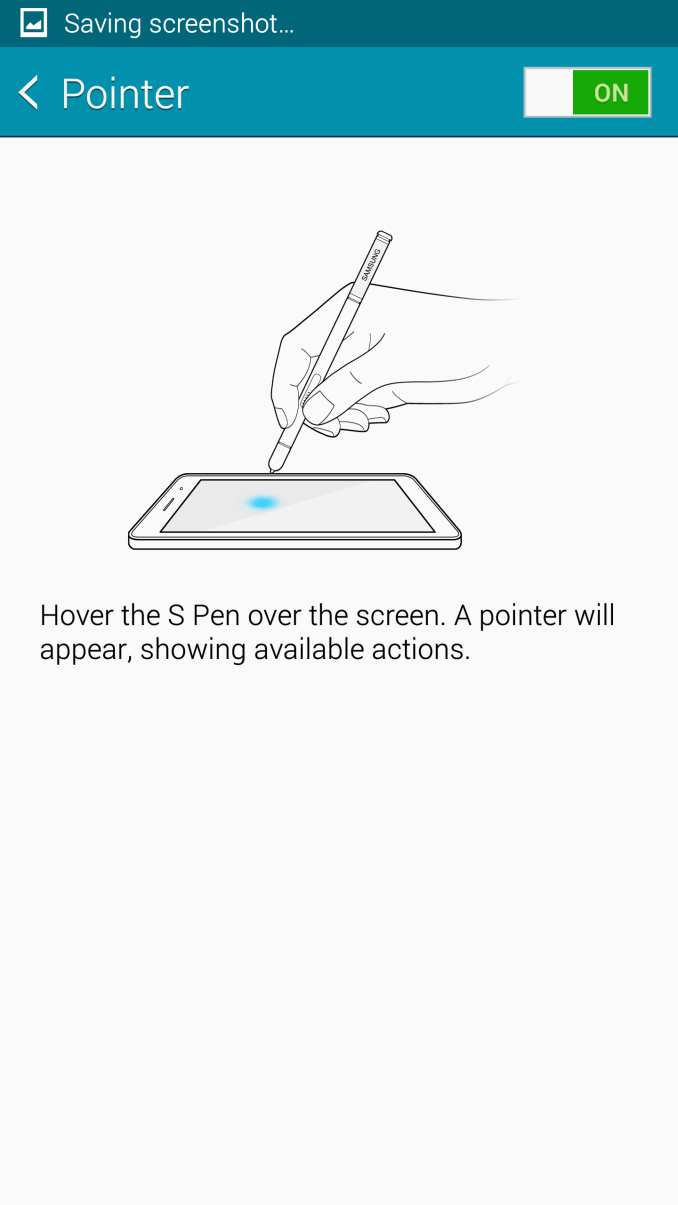
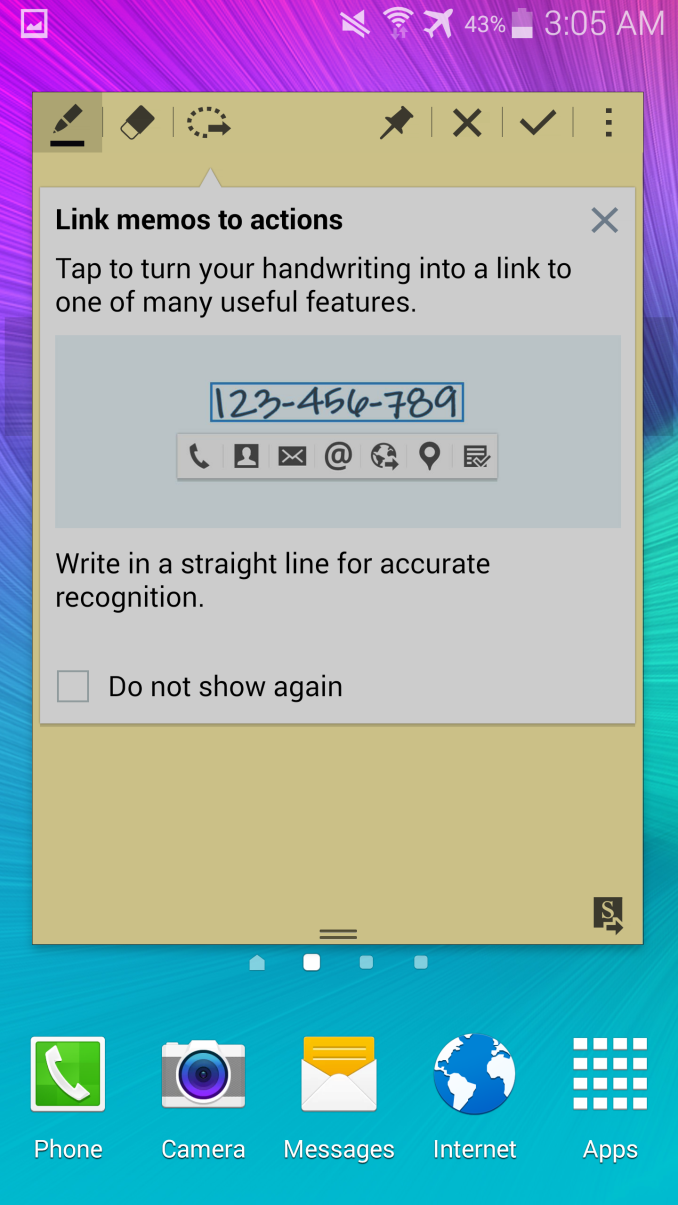

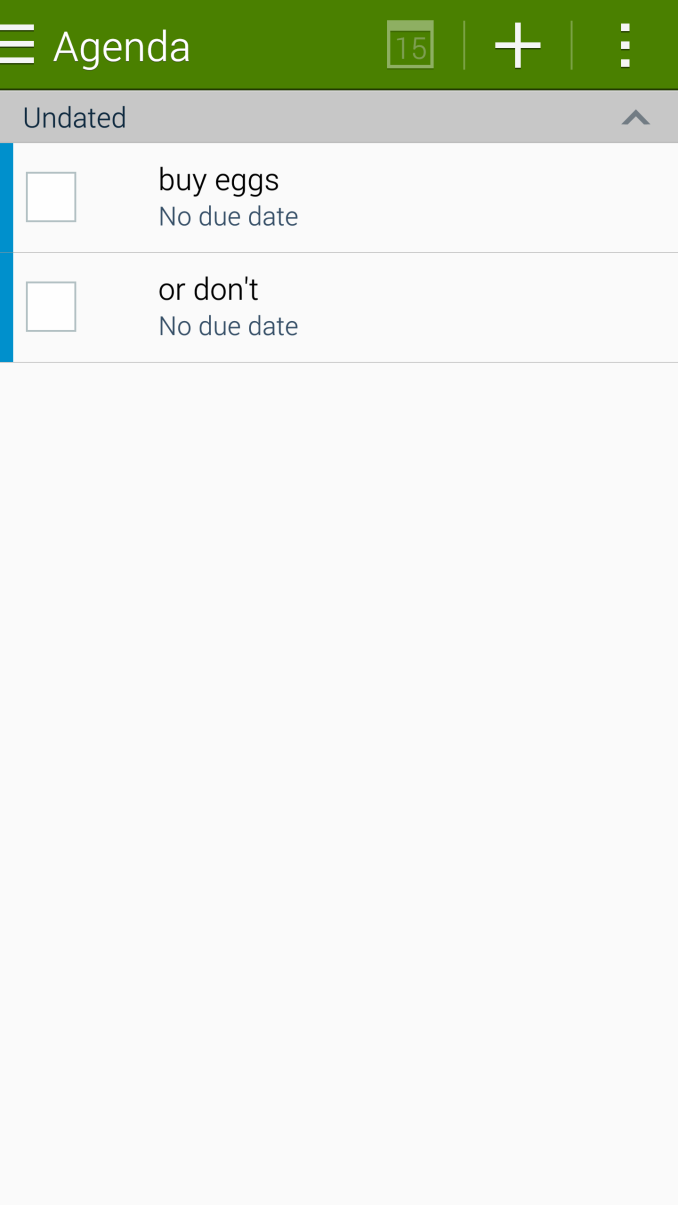
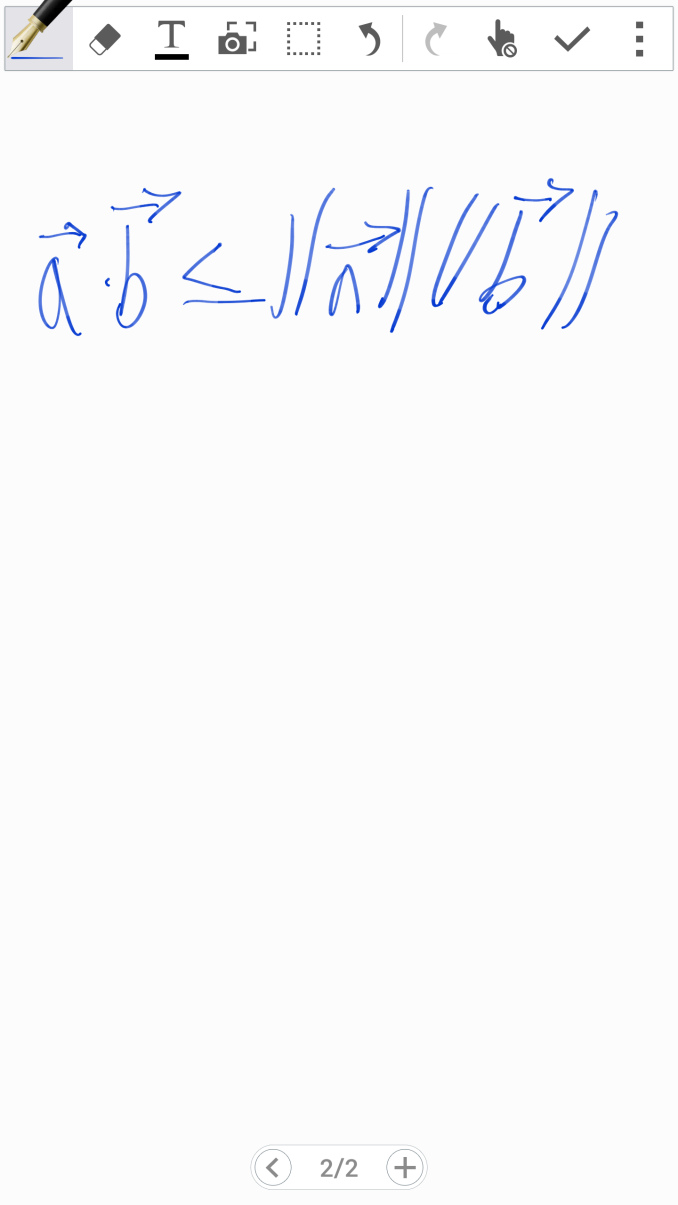
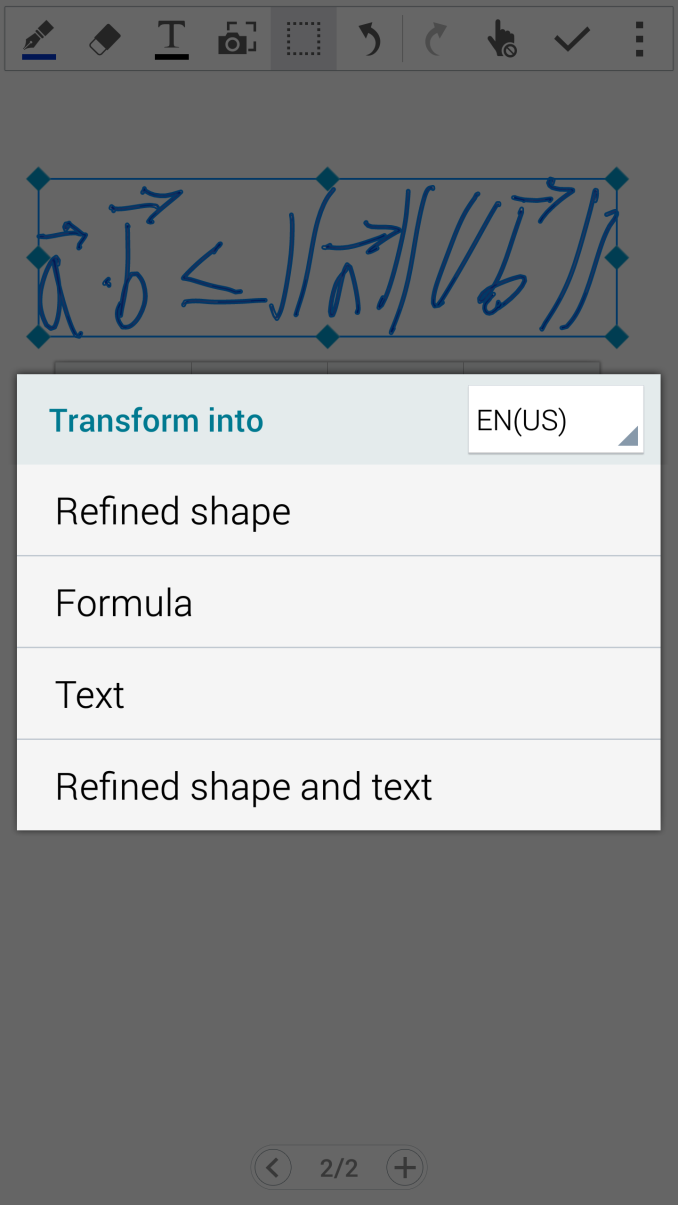
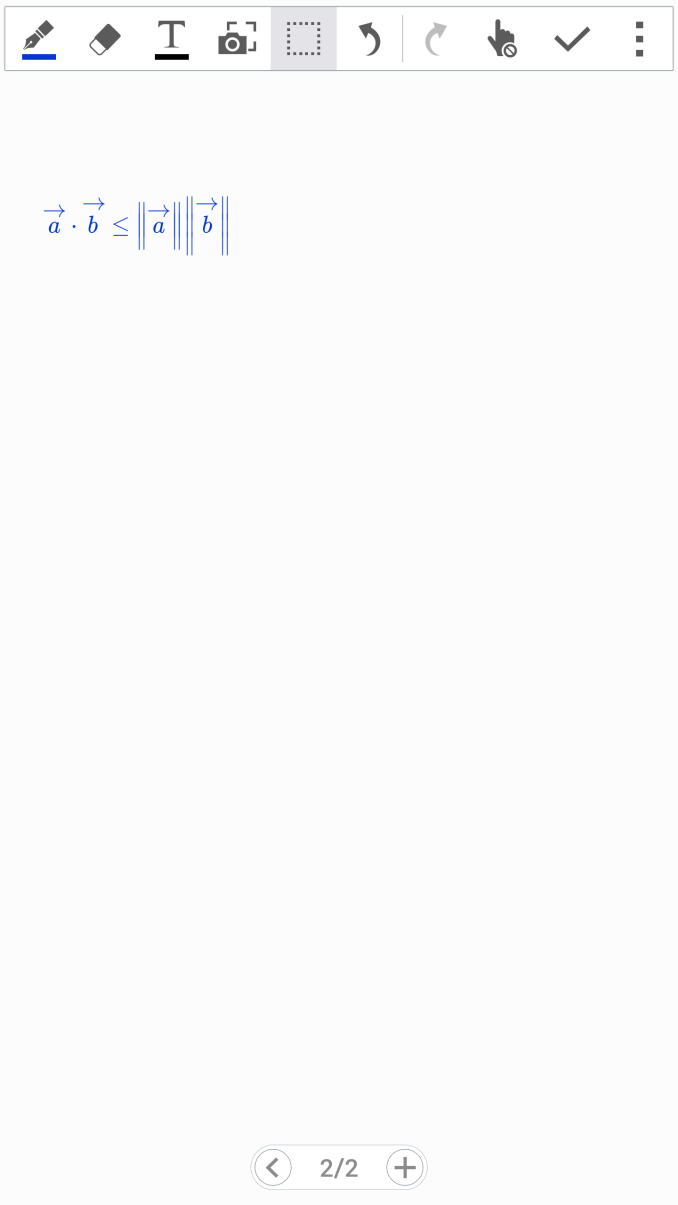
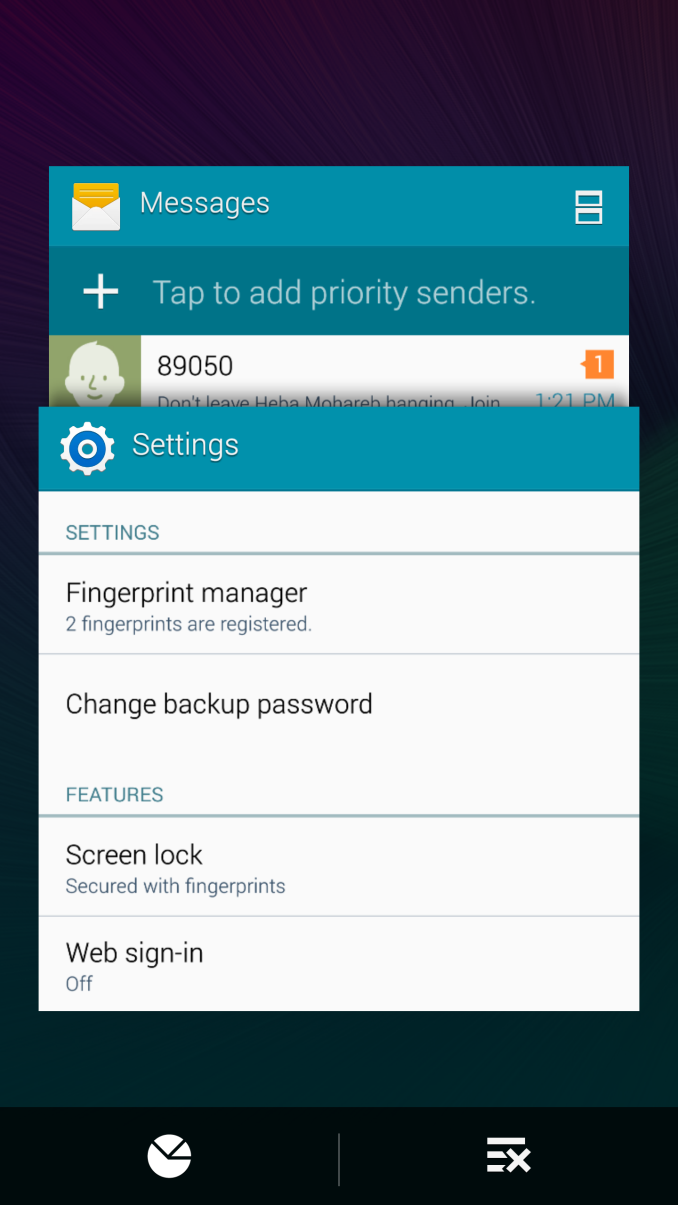
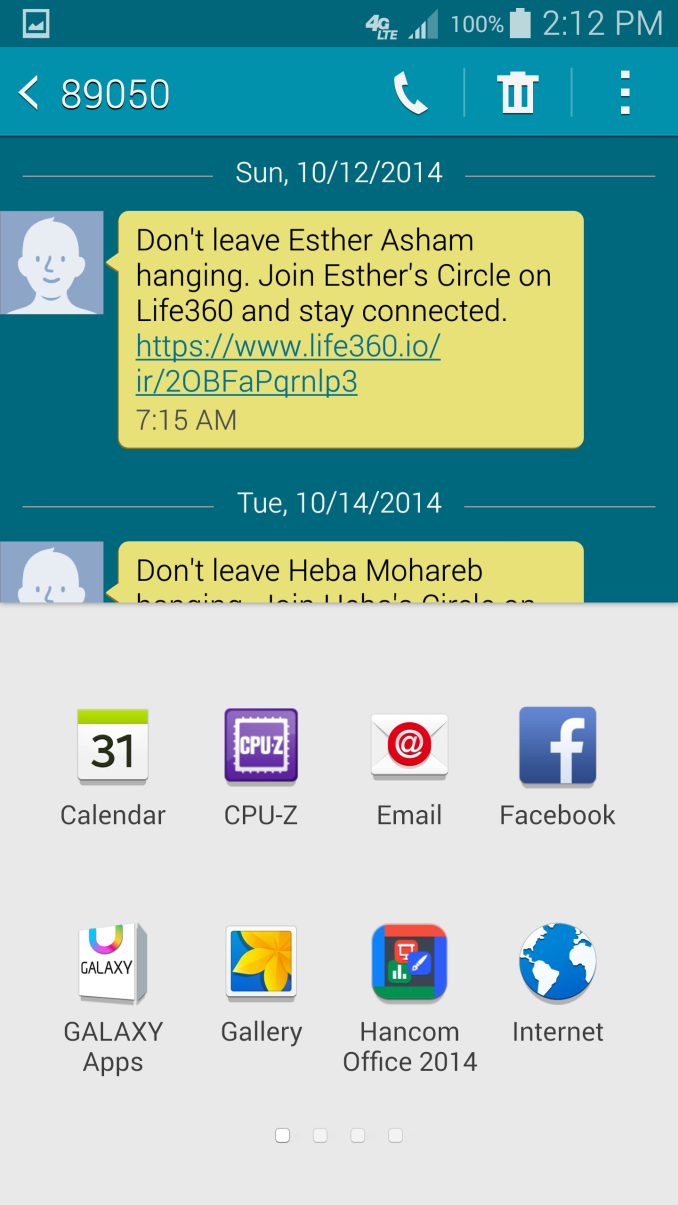
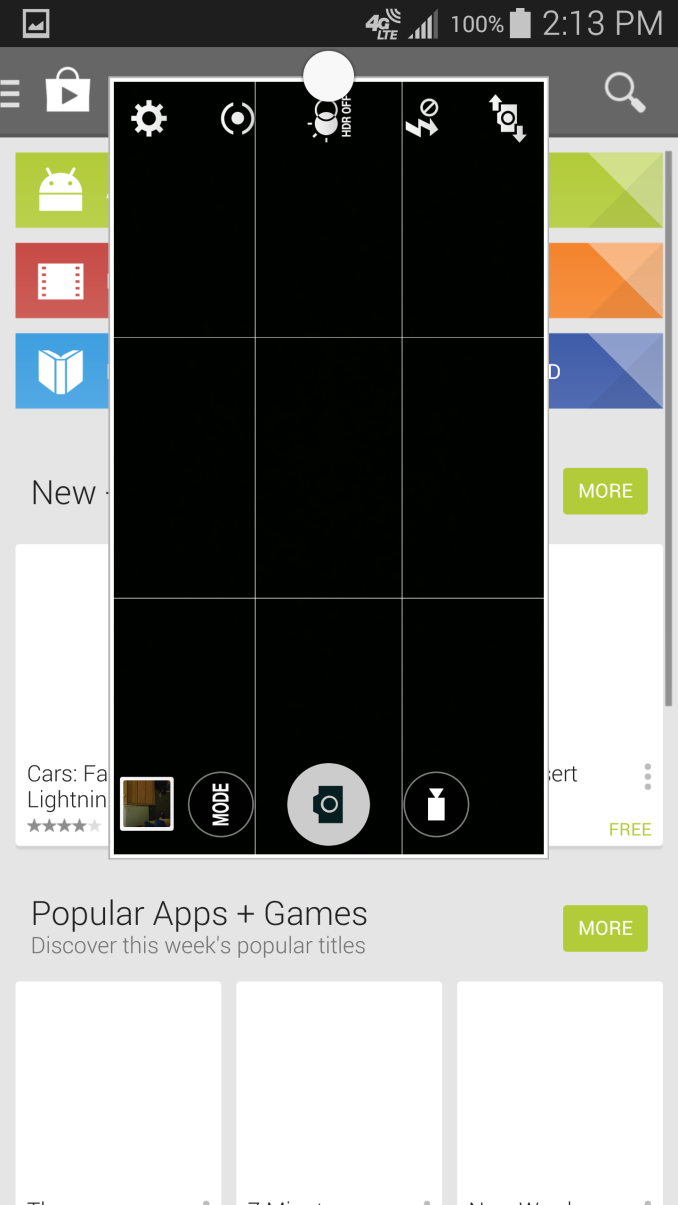
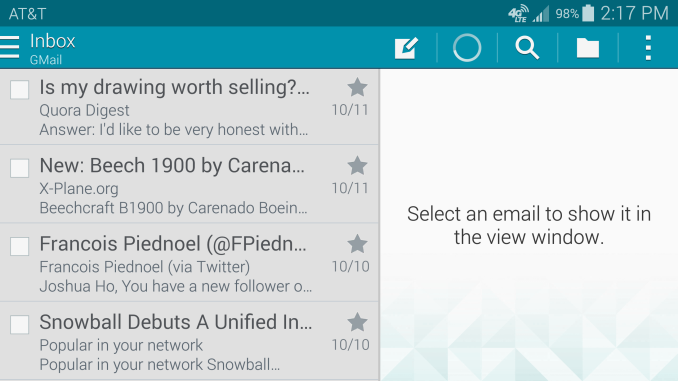
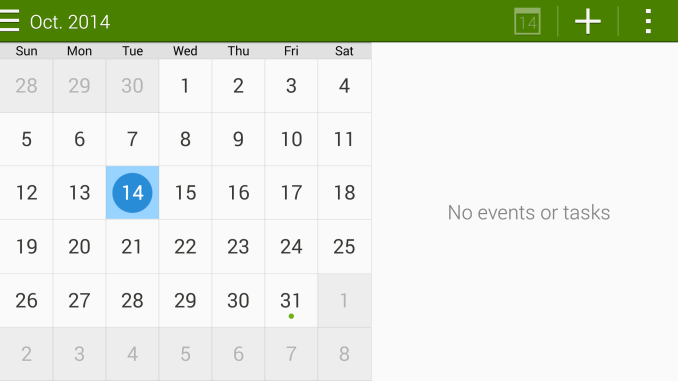
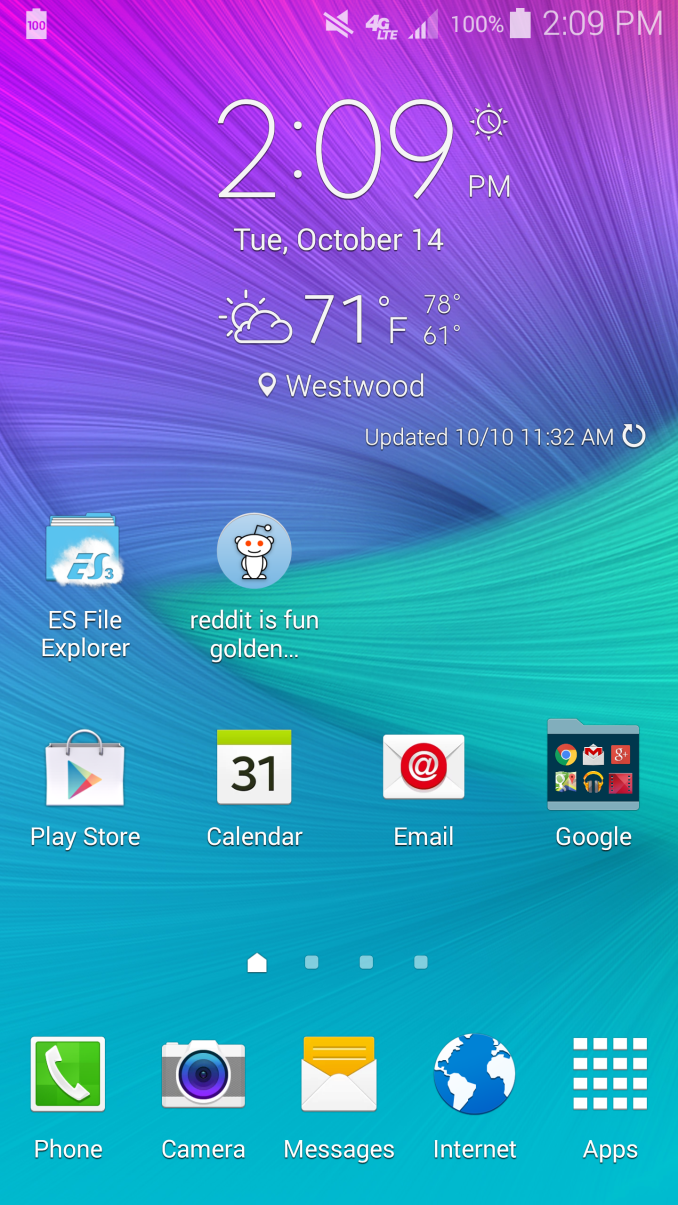









195 Comments
View All Comments
JoshHo - Monday, October 27, 2014 - link
As noted in the review, the Note 4 doesn't use PDAF for continuous AF so that number isn't representative of the total "AF speed" as there's significant lag between recognizing that a scene is out of focus and the start of the focus run.Drumsticks - Wednesday, October 15, 2014 - link
It really amazes me (and is a testament to their engineers) that the A8 seems to deliver near twice the IPC/per clock performance as Krait.Also: good review in general! I think phablets are too big for me, but I like keeping up with where the market likes to go.
Calista - Wednesday, October 15, 2014 - link
Fully agree, the Apple A-series are amazing. Half the frequency, half the core count, one third the memory and still the fastest SOC more often than not while still being very frugal.danbob999 - Wednesday, October 15, 2014 - link
CPU benchmarks are not designed to test the benefit of having more RAM. One could design a benchmark using 2GB RAM. The iPhone would be slower than a Galaxy S3 because it would be swapping (or even failing).Javascript benchmarks test the browser more than the CPU. That's why the iPhone 5s still performs well in these benchmarks even tough it has a very slow CPU with no ARMv8.
mudman - Wednesday, October 15, 2014 - link
Wikipedia states that the a7 in iPhone 5s is based on armv8-a.kokono - Wednesday, October 15, 2014 - link
Does this mean iPhone6+ lags when compared to the new Galaxy?melgross - Wednesday, October 15, 2014 - link
Android needs more RAM to begin with. It's not a useful comparison.tipoo - Wednesday, October 15, 2014 - link
That's true, but not to the point of making 1GB on iOS moot vs 2-3GB Android phones. It definitely swaps apps out of memory more.KPOM - Wednesday, October 15, 2014 - link
How many phone apps really use more than 1gb right now? The iPad Air 2 will have 2 GB and my guess is that the iPhone 6s will too. But for now 1GB is fine.akdj - Thursday, October 30, 2014 - link
You're entirely TOO WRONG!Lol, what crap. I've got a Note 3, specifically for my business. The 5s as my personal, daily driver. I love em both for different reasons. Especially with what we do, the stylus on the Note for when we're doing it ...& collecting the pay for it with our clients using the SPen to sign their credit card receipt.
Other than that...nope. Nothing is 'better' on the S3, 4, 5 or Note 3 than the iPhone 5s. Display preferences aside, as an owner of both, for over a year can attest to their performance. It's ridicukius realily. My Note, again being a business line doesn't have a whole lot of apps other than productivity, a couple of 'creative' types and some excellent games to kill time on sites.
Any and EVERY app in 'parity' (available on both platforms) overwhelmingly plays more fluently on the iPhone. Productivity, cloud access and any type of 'creative' apps are abound, and they're excellent ...well optimized to a single, specific type ID hardware
It's amazing to me, in a stock cold boot of a Note 3 (I've reset a couple times), it's ALREADY using 19-2.1GB of RAM! The OEM and carrier crap is a silly joke
Apps come to iOS first. Are optimized for a single platform (& able to be played for years, fluently and with updates!). Crazy, a ⅓ the RAM, twice the processors at twice the clock speed is definitely the more 'usable' system. Customizing aside, I enjoy my home screen but for seconds ...it's the apps, their design UI and ability to 'run with reliability'. That's where iOS Smokes iOS. Secondarily, it's for a vertical & horizontal system, ala OS X.
Android has Chrome
The SPIII is a nice piece. If Windows gets ohine's figures out, Samsung's screwed.
Oh, sorry. They already are!
Then there's the tablets. Windows, again ..the SPIII is special
The Air2, incredible.
There's NOT a comparable tablet running Android. Nor will Chromebooks become anything other than a home appliance.
Sorry. You certainty don't understand RAM.